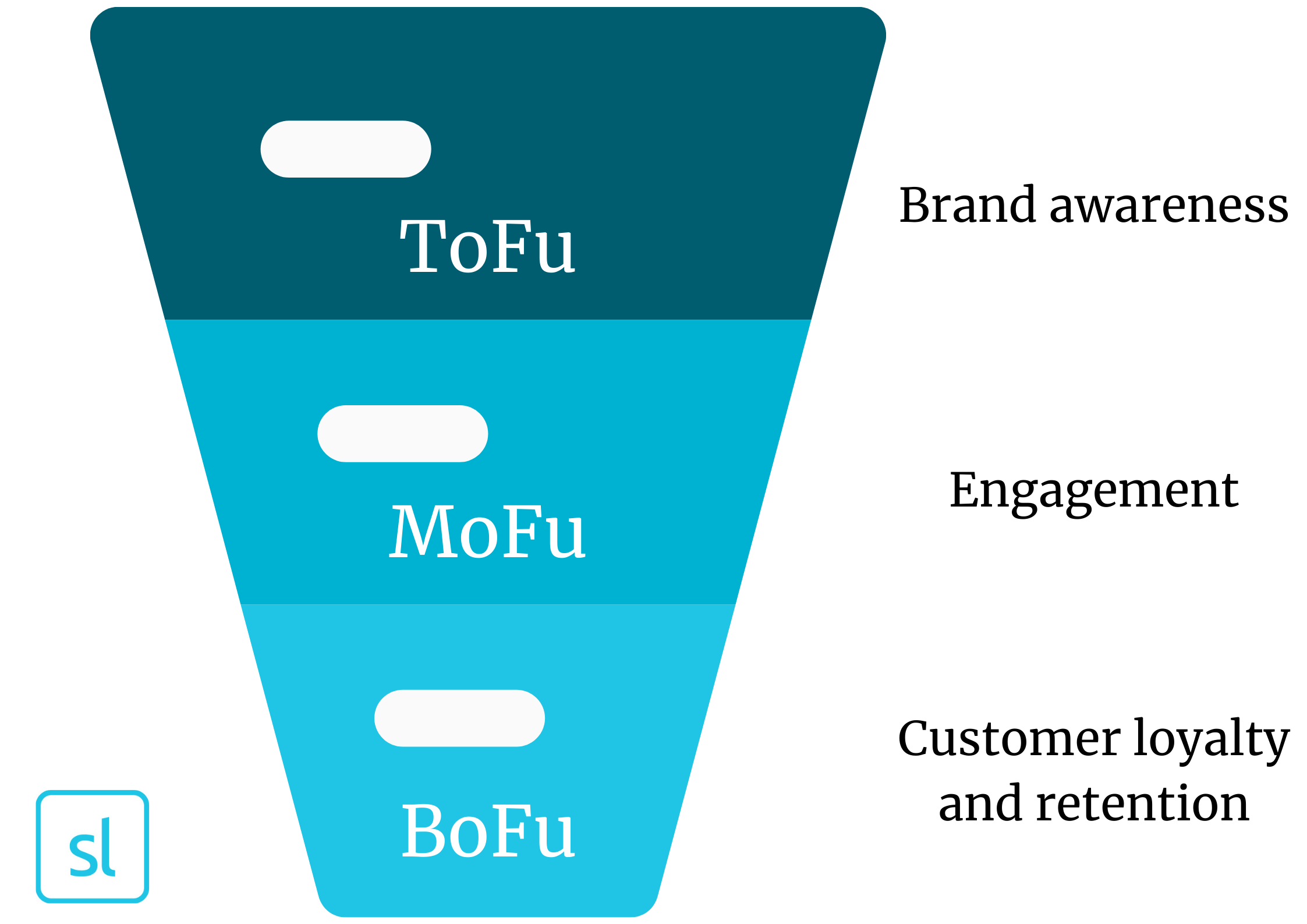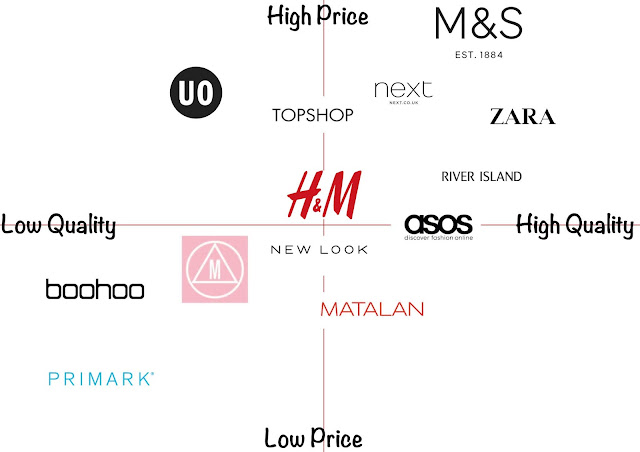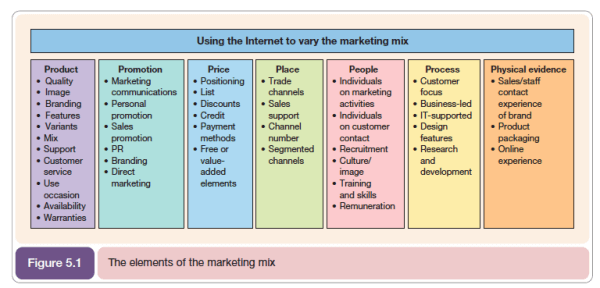
9 Popular Marketing Models You Need to Know in 2022
Last update: 1 August 2022 at 10:16 am
Many people tend to find marketing models intimidating. They are now one of the key drivers any marketer uses to create and evaluate how businesses and customers will interact with each other.
They use it, as analytics and science remain crucial to marketing’s success. All digital marketing models, in their simplest forms, are an expression of how internal and external factors impact a brand’s ability to tap its target masses at optimal costs.
Every aspect including your content marketing game plays a vital role in how you position yourself based on the feedback of various marketing models. Approximately 72% of customers feel that content marketing strategies enhance engagement.
While 91% of B2B marketers rely on content marketing to influence customers, just 73% of companies have a dedicated content monitoring team.
Furthermore, over 80% of marketers want to spend a significant amount of money on content production. But before you begin shelling out money, it’s necessary to understand your positioning and your customers’ journeys.
Here are several marketing models that might help you get the most out of your efforts.
Boston Consulting Group (BCG) Matrix
The Boston Consulting Group’s (BCG) product portfolio matrix (BCG matrix) is meant to assist with long-term strategic planning by analyzing a company’s product portfolio to choose where to invest, terminate, or create goods. The Growth/Share Matrix is another name for it.
BCG modeling is not a new method at all, but its meaning and applicability to your marketing strategy will continue to evolve as the digital world changes.
As a result, this covers not only how to utilize the opportunities but also how to apply them to your plan, as well as other important digital marketing matrixes.

As indicated in the image above, the Matrix is split into four quadrants based on an examination of market growth and relative market share.
1. Dogs: These are low-growth or low-market-share items.
2. Problems or Question Marks Child: Products having a little market share in high-growth areas.
3. Stars: Products having a large market share in high-growth markets.
4. Cash cows: Products have a large market share in low-growth areas.
The BCG Matrix may be thought of as a portfolio of products or services; therefore, it is more applicable to bigger organizations with various services and markets.
Smaller company marketers, on the other hand, may use portfolio thinking to their goods or services to increase leads and sales, as we’ll demonstrate towards the conclusion of this piece.
Nestlé utilized the BCG Matrix to restructure its portfolio, keeping only lucrative brands and selling off others with low sales and market share.
ToFu, MoFu, and BoFu: Funnel-Based Marketing Model Variations
The three major marketing strategies that marketers and sales professionals use to influence their consumers are top-of-funnel (ToFu), middle-of-funnel (MoFu), and bottom-of-funnel (BoFu).
Let’s have a quick overview of them with respect to digital marketing:
ToFu
With discreet brand integration, this sort of content delivers relevant information that meets the customer’s need, query, interest, or problem.
For example, an article about various cuisines that one may try on weekends, with the ingredients linked to a grocery shopping website.
MoFu
Consumers will be educated by the material, but it will also present a business and its products as a viable answer to their problems.

For example, in an article titled “What to Do When You’re in a Financial Emergency,” a personal loan from a certain bank/NBFC may be recommended as the best way to get out of a financial bind.
BoFu
This is the last step of the process, during which customers make a direct sales presentation. The brand or product plug-in is visible here, and it is intended to persuade buyers to trust the brand.
Consider the following article: “Why vehicle insurance from XYZ firm can help you through difficult times.” The advantages and benefits of XYZ’s automobile insurance will be discussed throughout the text.
According to the ToFu-MoFu-BoFu paradigm, a brand begins by focusing on ToFu and MoFu to build its presence among clients before progressively heading toward BoFu to cement its position in the market.
Brand Positioning Map (Ideal For Digital Marketing)
Customers may use this segmentation, targeting, and positioning marketing strategy to build an image of a brand based on specific qualities that are essential to customers.
It assists companies in gaining knowledge about how a product will perform per consumer expectations.
- The marketing model makes evaluating the strengths and shortcomings of rival brands easier.
- It identifies market possibilities for new brands and repositions current ones.
- As markets mature, it assists customers in identifying optimal spots on the map, providing them with a competitive advantage over their competitors.
Organizations can use brand positioning maps to categorize existing brands in the market (within a certain category) into distinct positioning quadrants.

It aids in the identification of the most closely related competing brands, as well as their respective strengths and shortcomings. It also identifies market categories with specific product requirements for prospective product launches and offers helpful competition information for the investigation.
The brand positioning map provides customers with a full picture of customer perceptions, allowing them to position items based on their actual and distinguishing qualities to capture a bigger share of consumer mindshare.
As a result, it aids a marketing manager in making strategic decisions that have the desired impact on sales, price, risk, and profitability.
As a result, a marketing organization may prevent under, over, and duplicate positioning of any brand in the market.
7 P’s Of The Marketing Mix
The marketing mix is among the most popular marketing models that, as you may know, was once restricted to the basic 4Ps of Product, Price, Place, and Promotion. It’s one of the top three traditional marketing strategies.
The parts of the 7 P’s of the marketing mix are Product, Price, Place, Promotion, People, Process, and Physical Evidence, and they make up the basic tactical components of a marketing plan.
Each of them changes as the product life cycle and market evolves.

USPs For Laying The Foundation Of Marketing Strategy
The notion of a brand’s unique selling proposition is that it should be apparent to potential customers why they are different and better than the competition.
A company’s services, products, or brand’s unique selling proposition (USP) is the benefit that distinguishes it from its rivals.
The characteristic that highlights product benefits that are significant to customers must be the unique selling proposition. USP focuses on specific claims of uniqueness regarding a product characteristic or benefit-in-use that can be objectively verified.
Not simply words, product puffery, or show-window advertising—every commercial must offer a promise to the customer. “Buy this product for this unique advantage,” every advertising must convey to each reader.
The offer must be something that the competitor can’t or won’t provide. It must be distinctive, either in terms of the brand or in terms of a claim that the remainder of the advertising area does not make.
The proposal must be compelling enough to sway the masses, attracting both new and potential consumers.
Porter’s Five Forces
Currently, the most effective tool for owners and managers to keep one step ahead of the competition in a tough market is Porter’s five forces.
The Porter Five Forces approach has long been popular among SMEs, who are eager to invest for development while also managing risk with their limited resources.
Porter’s 5 Forces is an analytical model that helps customer and business managers assess the attractiveness and potential profitability of an industrial sector by looking at the worldwide “balance of power” in a market between different companies:
- The rivalry between competitor/ competitive environment
- Alternative products pose a threat
- Buyers’ bargaining strength
- New arrivals pose a threat
- Supplier bargaining power
The RACE Model

Dave Chaffey of Smart Insights first introduced the RACE framework in 2010, and it was revised in 2012 and 2015. This approach has four stages (Plan) > (Reach) > (Action) > (Convert) > (Involve).
The digital marketing models include critical KPIs for each step in addition to the four phases.
The RACE acronym encapsulates the most important online and multichannel marketing activities that must be managed as part of digital marketing.
RACE encompasses the whole client lifetime or marketing funnel, including:
PLAN contains an initial phase that entails developing an overarching digital strategy, goal setting, and plan, which is frequently referred to as PRACE by members, although we prefer RACE Planning for its simplicity.
PEST Analysis
PEST Analysis (political, economic, social, and technological) is a marketing model that allows a company to analyze significant external variables that affect its operations to improve its market competitiveness.
Those four categories are important to this concept, as indicated by the acronym. The PESTLE analysis framework, which is an extension of the conventional PEST marketing model, is used to analyze the influence of macro-environmental variables – political, economic, social, technical, legal, and economic – on a product life cycle or brand.
SWOT Analysis
A SWOT analysis is a renowned tactic to develop your marketing strategy with in-depth planning and a tractable framework.
It gives you the knowledge you need to make business improvement goals. SWOT is an abbreviation for Strengths, Weaknesses, Opportunities, and Threats and it can be used for a variety of purposes including digital marketing.
It’s a crucial strategic planning technique for isolating a problem, reaching prospective consumers, conceptualizing a feasible solution, and finally eliminating the problem as a continuing worry.
Check out our own SWOT analysis that we conducted on Tesla.

Wrap Up
While there are many additional models that should be in your marketing arsenal, beginning with these nine is a good start.
Around 64% of marketers stated that they would like to learn how to create a stronger content strategy. As a result, we expect that you will be able to utilize the relevant marketing model(s) from among these to make better data-driven decisions when developing your growth strategies.





